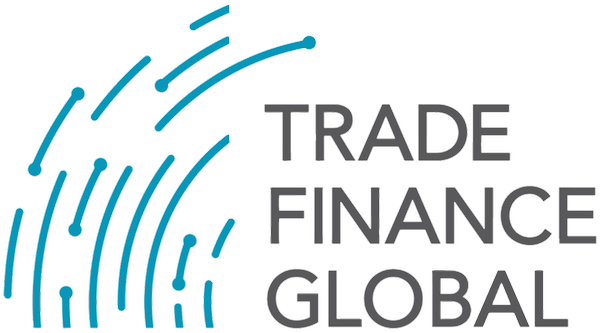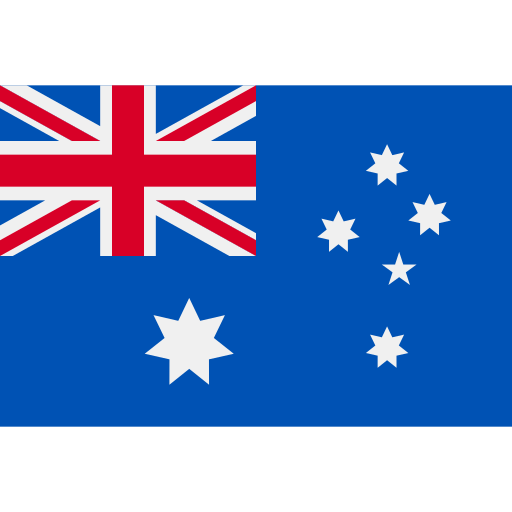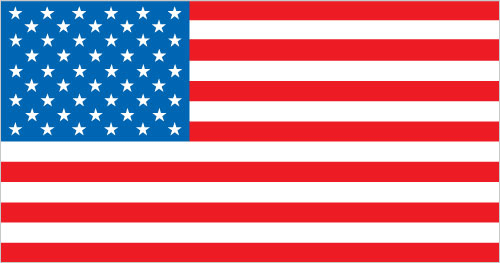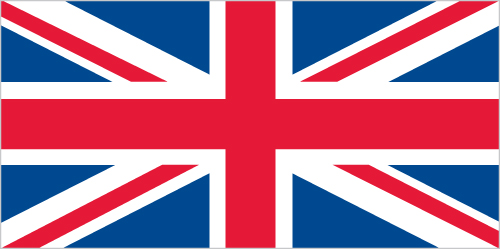Estimated reading time: 4 minutes
After months of starts and stops, threats and retreats, Liberation Day is upon us. The Trump administration’s promised wide-ranging regime of tariffs, a cornerstone of his winning presidential campaign, was set for 2 April. Some countries scrambled to negotiate last-minute deals while others are searching for ways to restructure their supply chains – often by moving closer to the US’ s rivals – all in the wake of what is anticipated to be the biggest unilateral tariff escalation since the 1950s Cuban embargo.
Amidst the confusion and ever-changing policies, the TFG team has compiled a summary of the story thus far and the tariffs as they stand now – updated live every day.
How did we get here?
Throughout the US presidential campaign last year, trade and tariffs have been at the forefront of Republican messaging, forming a core part of Trump’s plan to revive the US economy. While blanket tariffs – of as much as 60% on US rivals like China – were memorably floated during rallies and speeches, more recent declarations by the Trump administration have focused around so-called “reciprocal” tariffs.
These unilateral import taxes are meant to “make up for” trade barriers that (the President believes) are being unfairly levied against the US, in the form of taxes, subsidies, regulation, and red tape. This seems to suggest that tariffs will vary wildly between countries and even from one industry to the next depending on their importance to US trade and the level of trade barriers. That the tariffs are, at least, in part, targeted towards ending “unfair practices that have been ripping off [the US] for decades” suggests that negotiation is possible, and proposed tariffs may be reduced or lifted if receiving countries make concessions on US exports.
Tariff timeline
1 February – Trump announces tariffs on Canada and Mexico
In a series of executive orders, Trump imposed a 25% tariff on nearly all goods from Canada and Mexico, scheduled to come into effect on 4 February. Canadian oil and energy imports would have been exempt from this, instead only being taxed at 10%. In the same set of orders, Chinese imports are set to be subject to a 10% tariff on top of currently existing taxes.
3 February – Trump delays tariffs after retaliation threats
The day before the 25% tariff was set to begin, the Trump administration reached a deal with Canada and Mexico’s leaders to delay them by a month after the two countries threatened strong retaliatory taxes on American exports.
4 March – Canada and Mexico tariffs really do come into effect
A month after the tariffs were meant to begin, US tariffs against Canada and Mexico came into effect, as did Canada’s retaliatory levies. The White House also announces a doubling of blanket tariffs on Chinese goods, from 10% to 20%, set to start the following day.
6 March – Trump delays (some) tariffs, again
Just two days after the US–Canada–Mexico tariffs come into effect, the US once again delays tariffs on about half of goods – those covered by the USMCA free trade treaty – by another few weeks. The full set of tariffs are now scheduled to go into effect on 2 April.
2 April – Liberation Day
Most tariffs on all industries and all areas of the world are expected to be announced, and some even to go into effect, today. This is likely to affect even countries that have already been affected by some tariffs and those who have long-standing trade agreements with the US. It is also the day that the USMCA exemption, which lifted tariffs on many Canadian and Mexican goods, will run out, leaving the US’s two main trading partners facing steep tariffs that may not be delayed again.
3 April – Auto tariffs
Proposed tariffs specifically targeting passenger cars and trucks from any country, speculated to be as high as 25%, are set to go into effect on 3 April.
3 May – Deadline for tariffs on auto parts
According to the same executive order that imposed tariffs on cars, a 25% tariff on auto parts will go into effect before 3 May.
TFG Tariff Tracker
As information about the new tariffs is released throughout the day, the TFG team will keep updating the timeline and publish summaries of which industries and areas are being most affected.




























